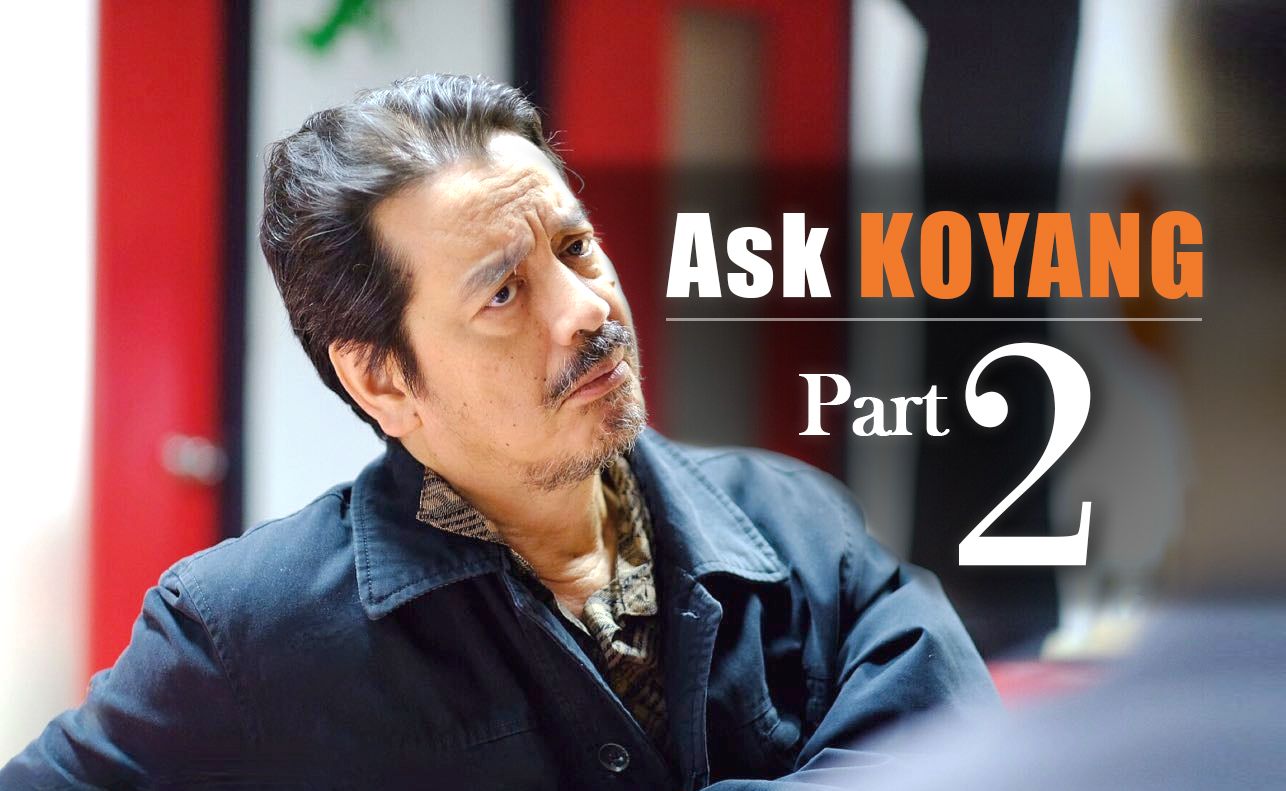
On exactly his 50th year in advertising, Vincent R. Pozon -- Vince to most, 'Koyang' to adfolk, 'Tatay' to his students and present staff -- decided to start a series of articles where he answers questions often asked of him.
This article is the second installment of the conversation. He hopes it can be of value to the young and the newcomer.
Why do creatives look down on accounts people? What's behind the 'suits versus jeans' war?
Koyang: Well, this all started during the excesses of the sixties, the days of the Mad Men. The creative man was ensconced on a pedestal, his attitudes institutionalized; he was wined and dined, glorified and paid homage to. Excuses were given for his quirkiness and idiosyncrasies and clothing. He was allowed to be drunk and disheveled. “Creative is King” was a convenient story for an industry that needed to romanticize its existence. Having come from the creative discipline, I have the license to try to chop it down and put creative in more sober light (calling creative a discipline probably sounds strange to many creatives in the industry).
But that's history. Why does it persist?
Koyang: Basically the adulation comes from an ignorance of the creative process and a dependence on something little understood. He was poet, his words were magical. The world genuflected before the Altar of Creative because they depended on what was then enigmatic, and they needed it to produce.
Today, science and research and sales have become better measures. So there has been a whittling down, a diminution of the creative person, be he a wordsmith or designer.

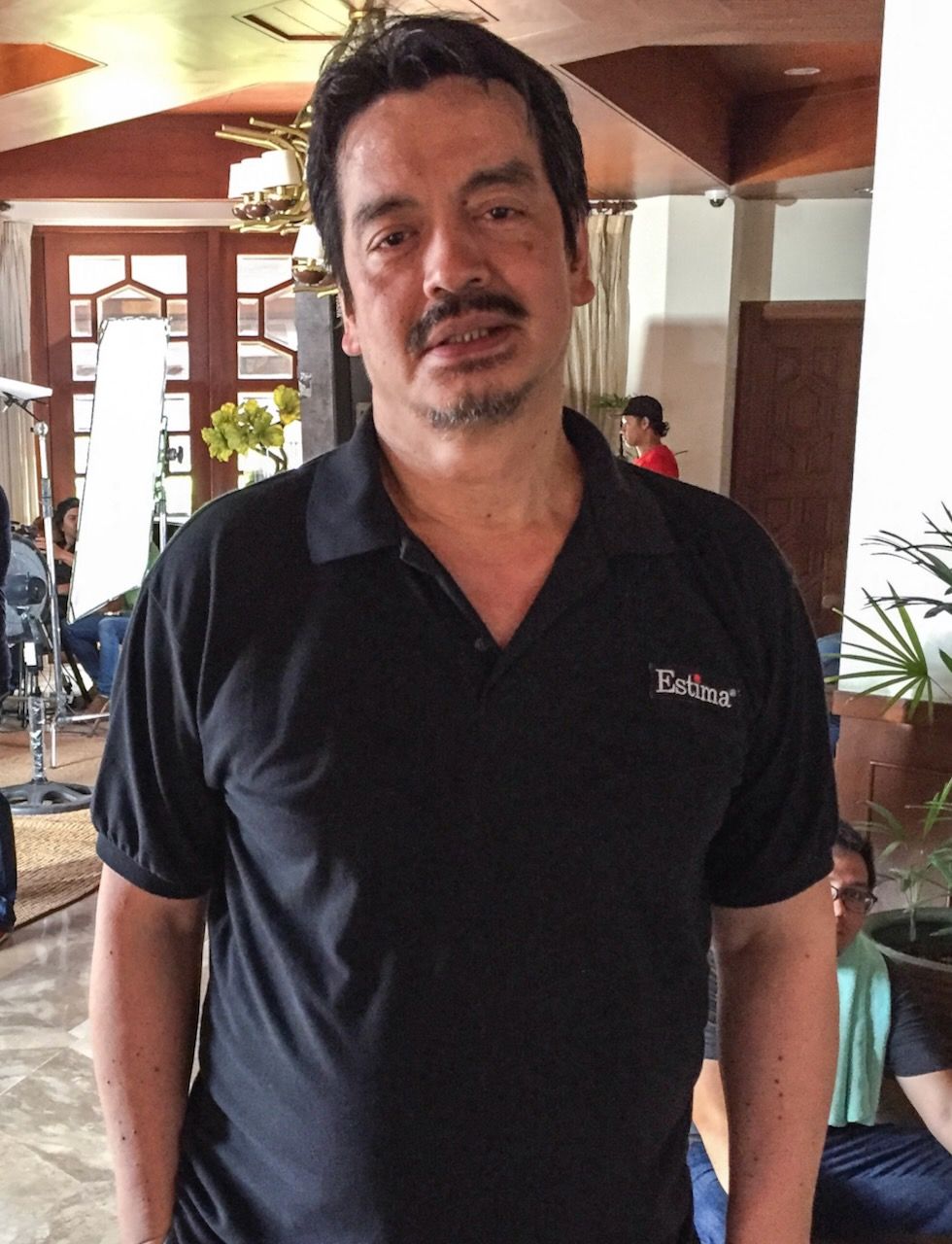
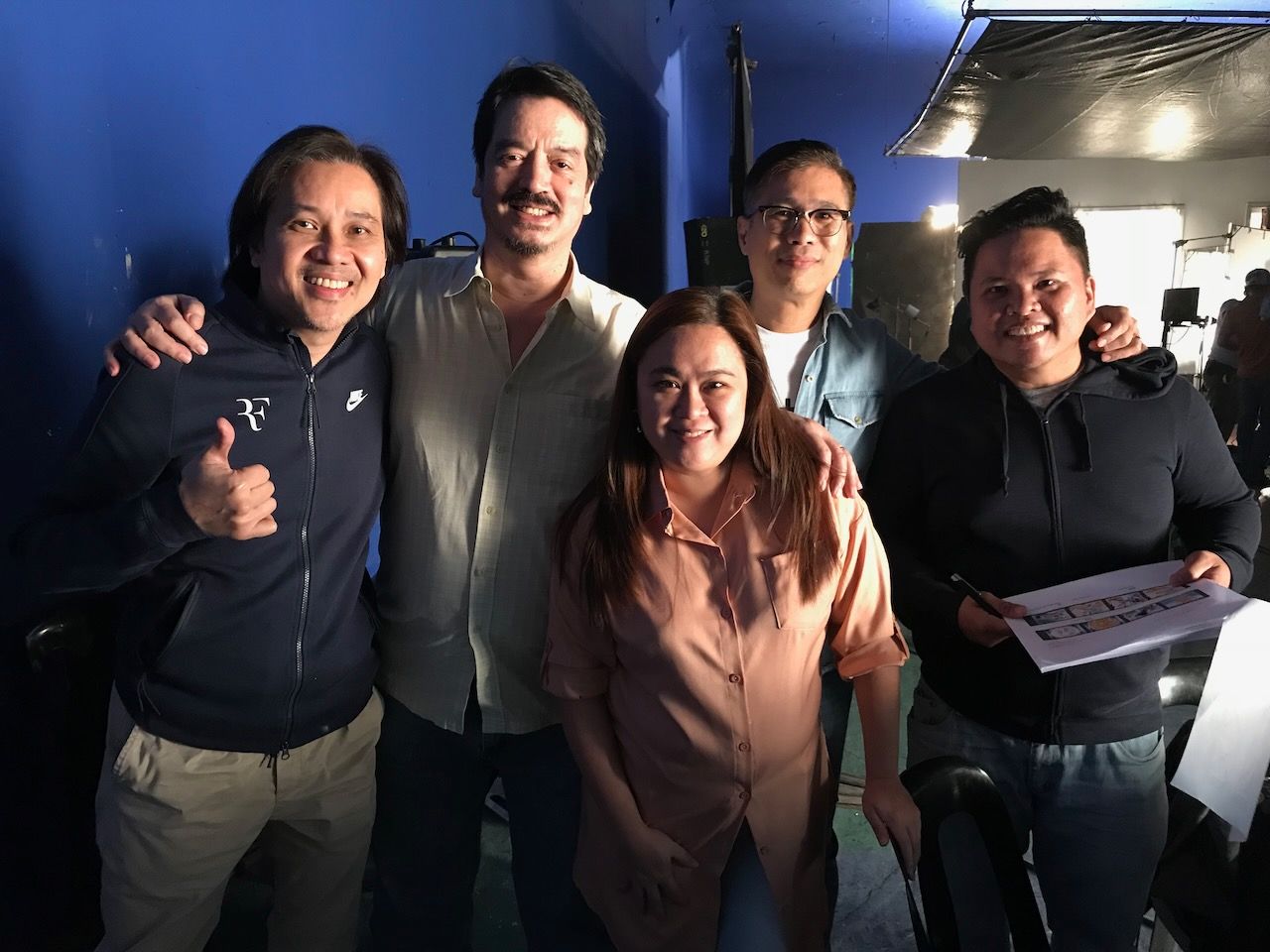


KOYANG prefers to supervise productions. 1. With the late Susan Roces, Queen of Philippine Movies, in one of the many shoots for RiteMED; 2. Koyang perspiring while shooting several videos at the office of VP Jojo Binay; 3. Director and team in the obligatory photo after a successful shoot; 4. Koyang in the recording of a jingle for a senatorial candidate at Soundesign; 5. With the great Brillante Mendoza during the shoot of "Pagpupugay", a video tribute to carers and caregivers.
How do you handle the rivalry between accounts and creative?
Koyang: Kill it. It is a systems problem. I have worked in an agency, a large multinational, where an accounts person caught sneaking into the Creative Department to talk to somebody regarding his requirements would be shouted out of the room.
That wall between accounts and creative – knock it down.
In the last agencies I have been involved in shaping, we dismantled the traditional setup of having discrete accounts and creative departments. We created business teams. In teams, people of all disciplines sit beside each other, breathe the same air, and, more importantly, speak for and defend each other. It allows casual cross-posting: accounts attend recordings if the copywriter cannot, for instance, while a producer may present to client. Ideas on strategies and executions are welcome from all. Help is asked of each other.
The team system helps prevent the usual wrangling and wrestling normally found in ad agencies.
But why fix what the industry tolerates?
Koyang: “Harmony Above All” is the slogan for the Base Value in the office. After a stint in another multinational agency, I realized that tasks turn into tribulations and simple chores into sizable crosses when there is disharmony in the workplace.
There is too much work, and the disharmonious is hindrance to work. So it helps to put applicants through a sieve and screen for the big agency virus called taray, and check any emergence of infection harshly.
No matter how capable or brilliant, the arrogant and the disharmonious work elsewhere.
Define Taray
Koyang: “Taray” is that smirk, that glance, that arrogant humph you see and hear in the halls of the industry. Especially odious to me is when it comes from creative folks.
Why is it so prevalent?
Koyang: Frankly, it is born of insecurity. The snark and the snide remark comes when the creative person is in a corner. He or she is faced with a deadline, and unable to come up with something decent. The abrasiveness is the characteristic of the insecure, of people uncertain of their ability.
The copywriter who contests a creative brief and argues with an accounts person is a craftsperson who cannot come up with craft of worth. The words on the brief do not nourish, and so he lashes out, in panic. He needs an alibi. So blame the brief.
How do you fix that?
Koyang: Again, it's that system problem. The current setup is that of a client and supplier relationship. Accounts requisition work, creatives have to produce. In a team system, all must help each other to deliver what is required.
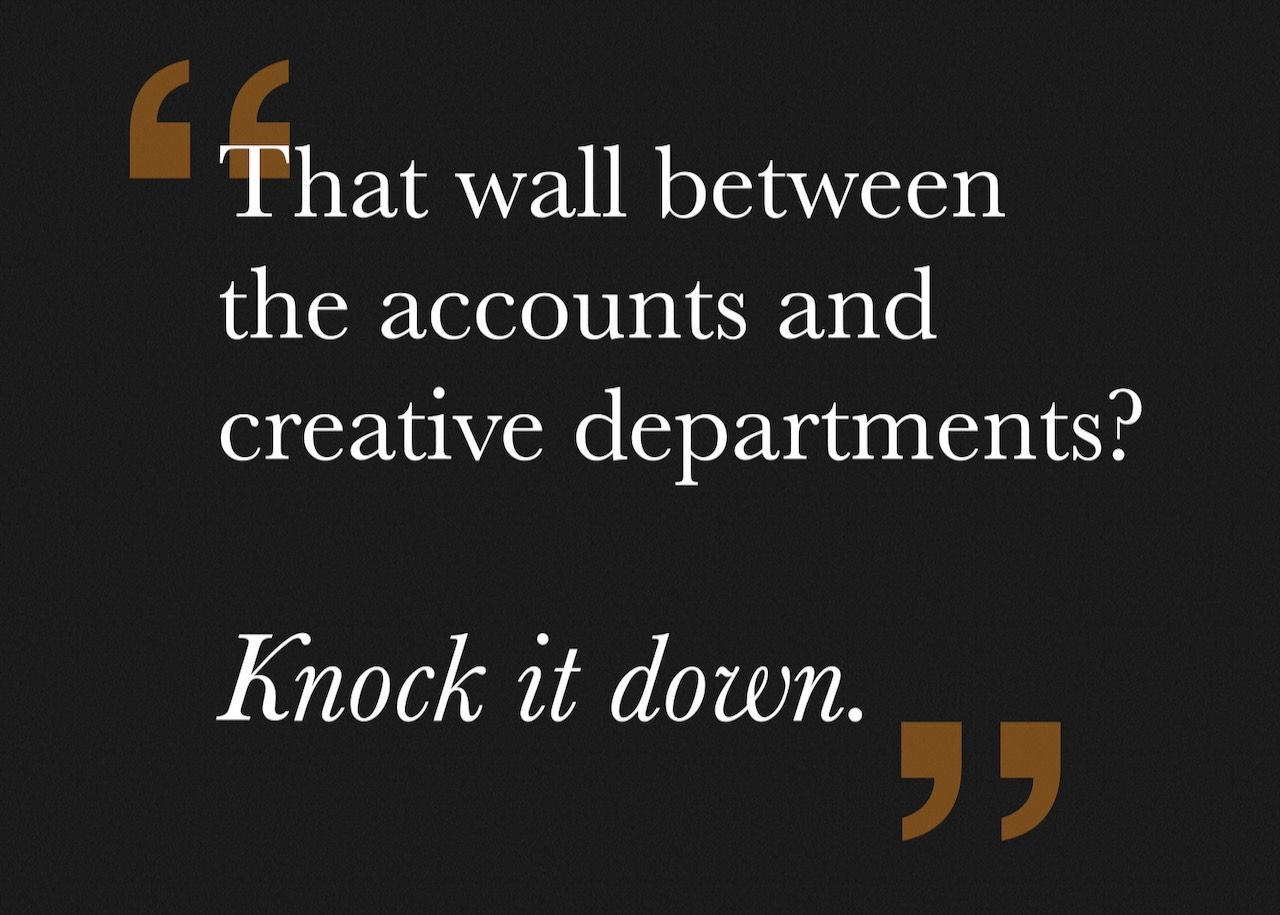
Would you do a campaign for anyone?
Koyang: We do have our "druthers." When a prospective client -- commercial or political -- asks to talk to us, to check us out, we inform them that we are "checking them out" as well. We look for a match, and, yes, we have declined business on many occasions.
You turn down business?
Koyang: You could say we look for the elements that contribute to long-term stability of the relationship. For instance, we'd 'druther' have a client who allows us to tinker around with his marketing plans. We'd 'druther' have a client who believes that "we're in this together”, and the brief is not sacrosanct. We were presented a plaque by one of our clients, and its message urged us "to go ahead, I'm with you, risk it."
What exactly makes a good match?
Koyang: That's dictated by the vision. We are a local ad agency dedicated to helping local industrialists, causes and candidates, with strategic thinking as a noted strength.
Who we are does not just define the agency, it identifies the clients that it can handle, and should not handle. It necessitates that the clients look to the agency for strategic thinking, for more than just wordsmithing. A successful, enduring match will require a partnership, where the agency is furnished all information, e.g., sales, researches, and, more importantly, trust.
Now to this magnificent set of clients, we obligate ourselves to make them prominent in their categories, with Number One as a declared, measurable goal.

Vincent R. Pozon
After a year of college, Koyang entered advertising, and there he stayed for half a century, in various agencies, multinational and local. He is known for aberrant strategic successes (e.g., Clusivol’s ‘Bawal Magkasakit’, Promil’s ‘The Gifted Child’, RiteMED’s ‘May RiteMED ba nito?”). He is chairman of Estima, an ad agency dedicated to helping local industrialists, causes and candidates. He is co-founder and counselor for advertising, public relations, and crisis management of Caucus, Inc., a multi-discipline consultancy firm. He can be reached through vpozon@me.com.
Other Parts of the Conversation:
Ask Koyang Part 1: “How do you handle humor in advertising?" and "Would you do a campaign for just anyone?"
Ask Koyang Part 2: "Why do creatives treat accounts people badly?" and "What is the hardest part about creating an advertisement?"
Ask Koyang Part 3: "What advice do you have to people entering the ad industry?" and "why do people work late hours in advertising?"
Ask Koyang Part 4: "Can you make people buy things they don't need?" "What is the brutal truth about advertising?" "What would change in our society if we didn't have commercials?"
Ask Koyang Part 5: “Can’t a good product sell itself?" and "marketing or advertising -- which is the better career?"
Ask Koyang Part 6: "How do you know if you have a terrific idea to present?" and "How do you present effectively?"
If you liked what you just read and want more of Our Brew, subscribe to get notified. Just enter your email below.

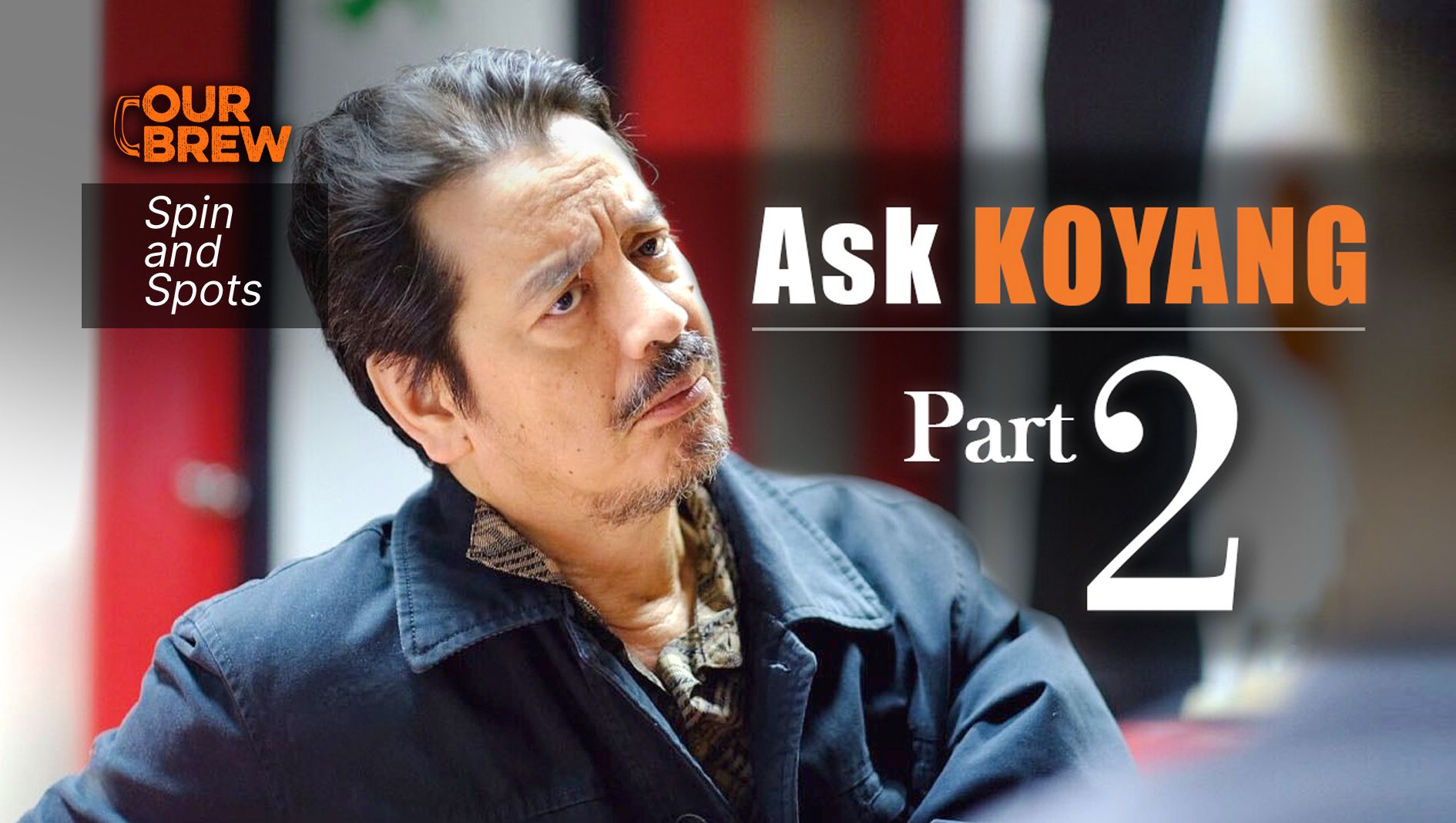
Related Posts
What We Get Wrong About This Strange Thing We Call Advertising
Jul 02, 2025
The Party as a Person: The Story of ‘Pag Mahal Mo, Akbayan Mo’
May 16, 2025
Frequently-Asked Questions About Advertising – Part VII
Apr 11, 2025